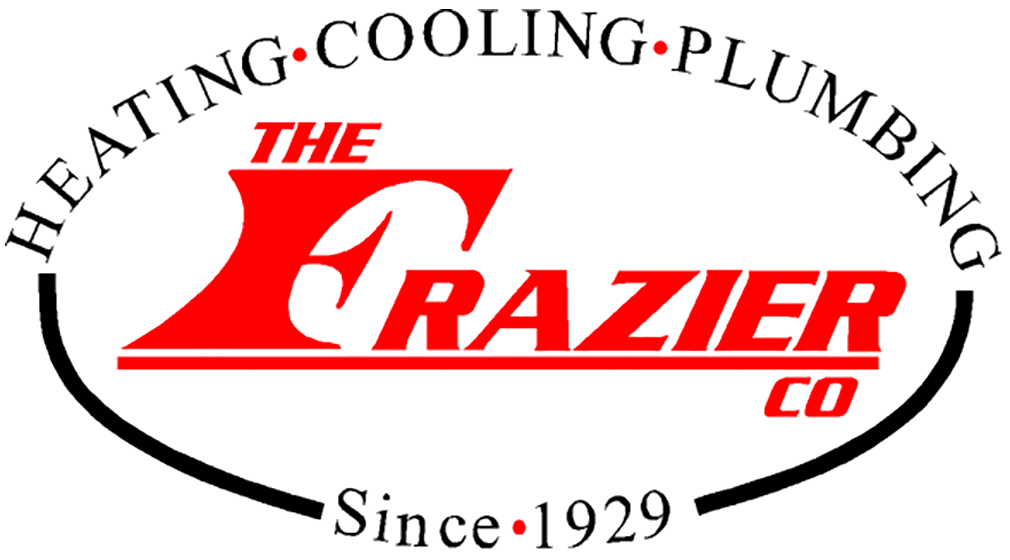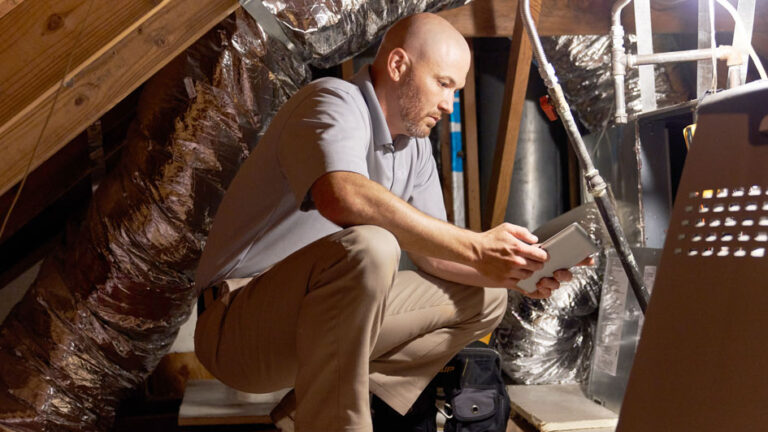Did you know that more than half of your home’s energy costs are for your heating and cooling? That’s why it’s so important to maintain an energy-efficient HVAC system.
Furnace efficiency standards were last revised to an Annual Fuel Utilization Efficiency (AFUE) rating of 80% in 2015. This rating system measures how effective your furnace is at combusting natural gas into heat. An AFUE rating of 80% means your furnace wastes about 20% of the fuel it uses while generating heat.
In 2022, the Biden Administration devised new energy-efficiency standards for residential gas furnaces that would significantly decrease emissions, save money and encourage sustainability.
This proposal is projected to:
- Save Americans $1.9 billion annually.
- Cut carbon emissions by 373 million metric tons and methane emissions by 5.1 million tons over the next 25 – 30 years, the equivalent of what 61 million homes emit annually.
Starting in 2029, the updated rule would require all new gas furnaces to feature AFUE ratings of 95%. This means furnaces would convert nearly 100% of the gas into usable heat.
With these facts in mind, you may be asking yourself “what happens to my existing furnace”? As of now, next to nothing, as the proposed rule won’t go into effect until 2029 at the earliest and will not affect furnaces that are already in use.
But if you need furnace replacement in soon, highly energy-efficient furnaces are already available. Find out how these furnaces can lower your monthly energy bills.
Guide to Condensing Furnaces
How Condensing Furnaces Work
A condensing furnace is a type of heating system that uses a secondary heat exchanger to trap wasted heat from the furnace’s exhaust gases. This limits the quantity of energy wasted, increases energy efficiency and lowers greenhouse gas emissions. It also requires less natural gas to create the same volume of heat when comparing one to other types of furnaces.
How Condensing Furnaces Differ from Non-Condensing Furnaces
The primary difference between a condensing furnace and a non-condensing furnace is that the former uses a secondary heat exchanger to collect any wasted heat from its exhaust gases, while the other does not.
How Long Condensing Furnaces Last
The life span of a condensing furnace depends on the brand, model and other factors. In most cases, a condensing furnace should last between 10-20 years with proper maintenance and regular service. If your heating system doesn’t have regular furnace maintenance, the unit may have a significantly shorter life span.
Why Condensing Furnaces Are More Expensive
Generally, condensing furnaces type of system is a lot more efficient than conventional furnaces, as it only uses the minimum amount of energy needed to heat your home, resulting in more savings on your utility bill.
Many variable-speed furnaces are condensing furnaces, although some are available in non-condensing models with lower AFUE ratings. If a manufacturer wants a furnace to be classified as a condensing furnace, it must offer an AFUE rating of 90% or higher.
Do Variable-Speed Furnaces Run Constantly?
A variable-speed furnace doesn’t run all the time. Rather, it runs at different speeds according to the temperature in your Omaha home as well as the amount of energy it uses to maintain that temperature.
When sufficient energy is necessary to maintain your preferred temperature level, the furnace will increase to a higher speed to manage the higher demand. Doing this will ensure more efficient heating in your home while also providing quieter operation.
Guide to Two-Stage Furnaces
Two-Stage Furnaces: What They Are and How They Work
A two-stage furnace is a type of heating system that utilizes two different stages of operation — high and low. When set to the low stage, the furnace runs at a reduced capacity as a way to maintain the chosen temperature at your home more efficiently. During the high stage, the furnace will instead run at maximum capacity to satisfy demands for more heat. With a two-stage furnace, you can maintain improved energy efficiency and steady temperatures everywhere in your home.
While two-stage furnaces are exceptionally efficient, not all all types are condensing furnaces.
Does a Two-Stage Furnace Operate All the Time?
A two-stage furnace should not run constantly. In the low stage of operation, the furnace operates at diminished capacity in order to sustain a preferred temperature more efficiently within your home. When more energy is needed to reach the set temperature, the unit shifts to its high stage and runs at full capacity. For this reason, two-stage furnaces are powerful enough to help reduce energy costs without operating around the clock.
Contrasting Two-Stage and Variable-Speed Furnaces
Two-stage furnaces have two stages of operation, low and high. During the low stage, the furnace performs at reduced capacity in order to maintain a desired temperature within your home. When additional warmth or cooling is desired, the furnace will shift to its high stage and operate at full capacity.
Variable-speed furnaces, meanwhile, can run at several speeds in order to keep a comfortable temperature at home. Such precise functionality can also help reduce energy costs, as it is not constantly running on full power like many two-stage furnaces do.
Differences Between One- and Two-Stage Furnaces
One-stage furnaces have a single stage motor and operate either at full capacity or not at all. In other words, the furnace runs constantly in order to maintain a desired temperature at home.
Two-stage furnaces, by comparison, have two stages of operation, low and high. During the low stage, the furnace runs at reduced capacity in order to maintain the desired temperature more efficiently. When more warmth or cooling is needed, the furnace will change over to its high stage and operate at peak capacity.
Schedule Your Furnace Installation with The Frazier Company Today
Making sense of modern furnace technology can be confusing. That’s why The Frazier Company specialists are here to help with a no-obligation, no-pressure quote for furnace installation. We’ll assess your home, your heating needs and your budget before helping you find the right solution. Get in touch with us at (402) 919-5185 to get started today!

